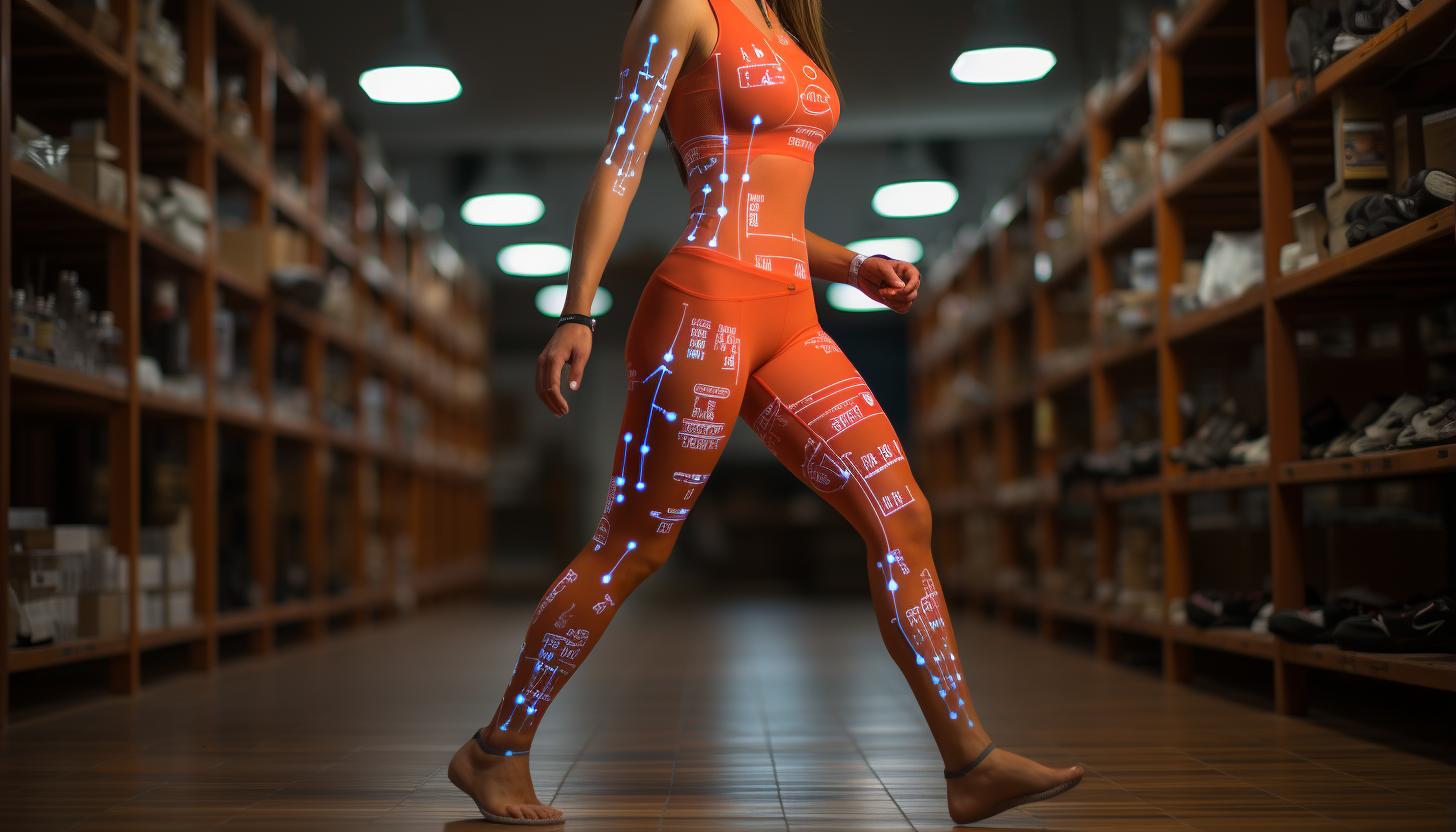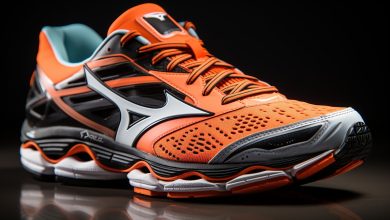Gait Analysis: How to Determine Your Running Style

Do you ever wonder how your running style affects your performance? Gait analysis is the key to unlocking the secrets of your stride. By understanding your unique way of moving, you can optimize your training and prevent injuries.
In this article, we will delve into the factors that influence your running style, explore different types of running styles, and discuss the benefits of knowing yours. Get ready to discover how to determine your running style and take your performance to new heights.
Understanding Gait Analysis

Understanding gait analysis is essential for determining your running style. Gait analysis refers to the process of assessing the way you walk or run in order to identify any abnormalities or imbalances that may be contributing to common running injuries. By analyzing your gait, experts can gain valuable insights into the mechanics of your body while in motion, allowing them to pinpoint potential issues and develop a personalized plan for improvement.
Proper running technique plays a crucial role in preventing injuries and enhancing performance. When your running form is incorrect, it can lead to overuse injuries such as shin splints, IT band syndrome, or Achilles tendonitis. Gait analysis helps identify biomechanical problems like excessive pronation or supination of the foot, improper hip alignment, or inefficient stride length.
By understanding how these factors affect your running style, you can make necessary adjustments and minimize the risk of injury. Factors affecting your running style include muscle imbalances, flexibility limitations, footwear choices, and environmental conditions. By addressing these factors through gait analysis and proper training techniques, you can optimize your running efficiency and reduce the likelihood of experiencing common running injuries.
Transitioning into the next section about ‘factors affecting your running style’, let’s explore how each factor individually contributes to shaping your unique gait pattern.
Factors Affecting Your Running Style

There are several factors that can impact how you run. Understanding these factors is crucial for injury prevention and optimal performance. Here are three key influences on your running style:
– Biomechanics: Your body’s structure and alignment play a significant role in determining your gait. Factors such as leg length, hip mobility, and foot arch shape can affect how you move while running.
– Muscular imbalances: Weak or tight muscles can disrupt your running mechanics and increase the risk of injuries. Imbalances in the lower body, especially in the hips, glutes, and calves, may alter your stride and put excessive stress on certain joints or tissues.
– Footwear selection: Choosing the right pair of running shoes is vital for maintaining proper form and reducing the risk of injuries. Factors to consider include cushioning level, stability features, arch support, and shoe fit.
By addressing these factors proactively, you can optimize your running style to reduce the risk of injuries and improve overall performance. Consulting with a professional gait analyst or sports medicine specialist can provide valuable insights into your unique biomechanics and guide you towards selecting appropriate footwear that suits your individual needs.
Different Types of Running Styles

When it comes to running, different types of styles can greatly impact your performance and overall experience. Understanding the various running styles is crucial in order to avoid common running injuries and choose the right running shoes.
There are several common running injuries that can occur due to improper running style. These include shin splints, plantar fasciitis, IT band syndrome, and stress fractures. Each injury is associated with specific biomechanical issues such as overpronation or supination, which can be identified through gait analysis.
Choosing the right running shoes is essential for preventing injuries and enhancing your performance. Different types of shoes are designed to cater to specific foot mechanics and pronation patterns. For instance, if you have a neutral or slight underpronation gait, cushioned shoes with good shock absorption are recommended. On the other hand, individuals with overpronation may benefit from stability or motion control shoes that provide additional support.
Benefits of Knowing Your Running Style

Knowing your running style can greatly benefit you by improving your performance and reducing the risk of common injuries. Understanding how your body moves while running allows you to make necessary adjustments that can prevent injury and enhance efficiency.
Here are three key benefits of knowing your running style:
– Injury prevention: By understanding your running style, you can identify any imbalances or weaknesses in your gait that may lead to overuse injuries. Tailoring your training program to address these issues can help reduce the likelihood of developing common running injuries such as shin splints, IT band syndrome, or plantar fasciitis.
– Improving running efficiency: Each runner has a unique stride pattern and biomechanics. Knowing your specific running style enables you to optimize it for maximum efficiency. By identifying areas where energy is being wasted or inefficient movements are occurring, you can focus on correcting them and ultimately run more efficiently.
– Performance enhancement: When you improve your running efficiency and reduce the risk of injury, you create an opportunity for overall performance enhancement. With proper form and mechanics, you can increase speed, endurance, and durability on the road or track.
Understanding the benefits of knowing your running style sets the foundation for determining it accurately.
How to Determine Your Running Style

To accurately determine how you run, it can be helpful to perform a video analysis of your stride. By capturing your running form on camera, you can identify any inefficiencies or imbalances that may be hindering your performance or leading to injuries.
One area to focus on during the analysis is your running shoes. The type of shoe you wear can have a significant impact on your gait and overall running style.
During the video analysis, pay close attention to how your feet land and push off from the ground. Look for any signs of overpronation (when the foot rolls inward too much) or supination (when the foot rolls outward). These common mistakes in running form can often be corrected by wearing proper footwear that provides adequate support and stability.
Additionally, observe the position of your body throughout each phase of your stride. Are you leaning too far forward or backward? Is there excessive side-to-side movement? Analyzing these aspects will help you understand if adjustments need to be made in order to achieve optimal running form.
Conclusion
Now that you’ve delved into the intricacies of gait analysis and explored the various factors that influence your running style, it’s time to determine your own unique way of moving.
By understanding your running style, you can optimize your training regimen, prevent injuries, and improve overall performance.
So put on those running shoes and take a closer look at how you run – after all, knowledge is power when it comes to achieving your fitness goals.
Remember, every step counts in this race towards success.






